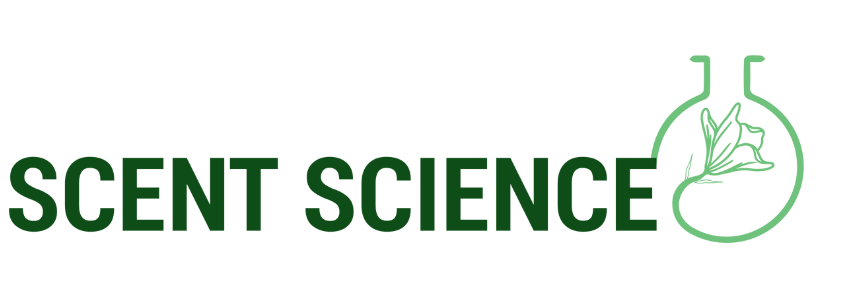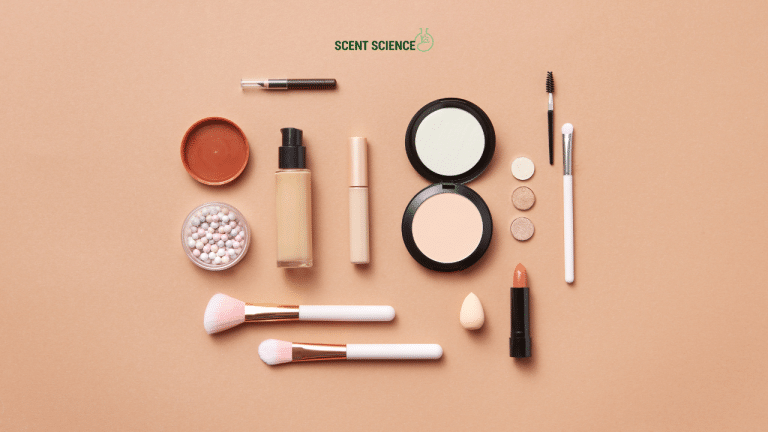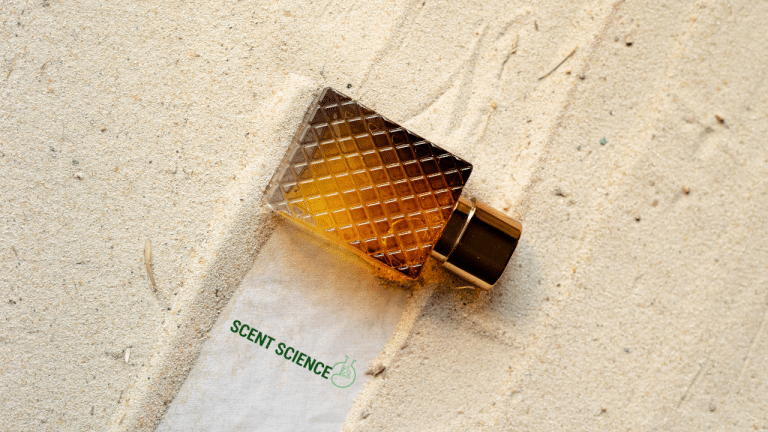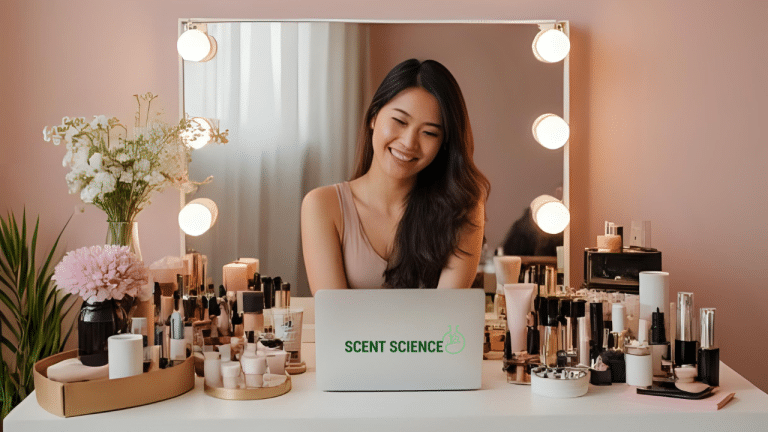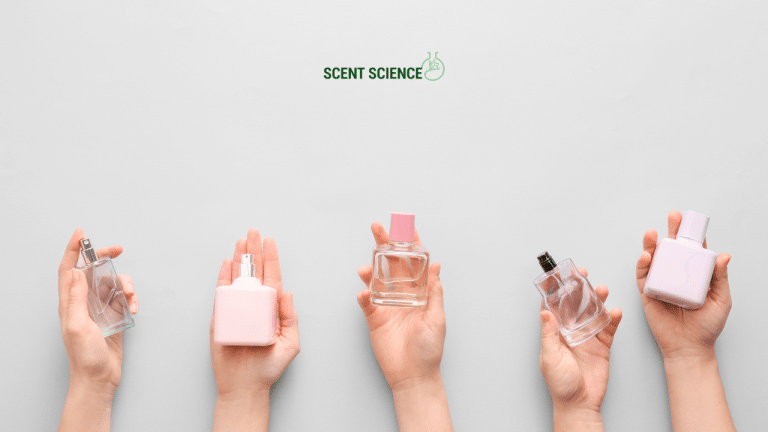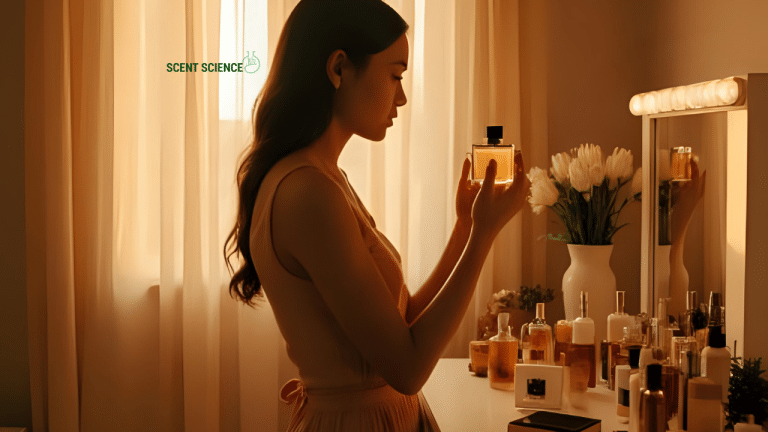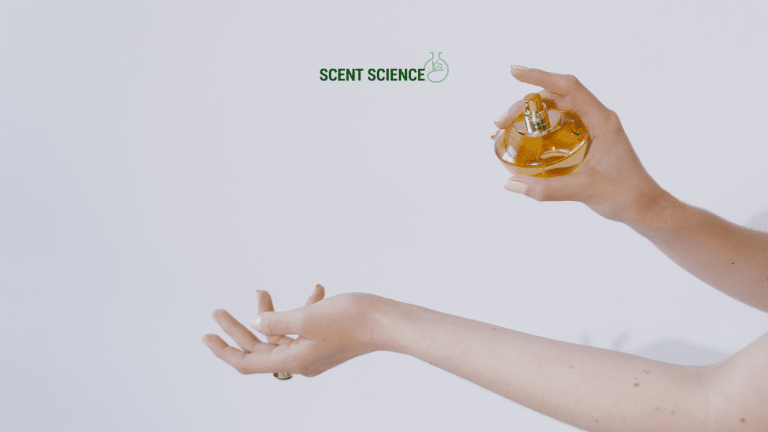The world of modern fragrances is often perceived as an art form – an enigmatic blend of aromas crafted to mesmerize the senses. Yet, behind this veil of artistry lies a robust scientific backbone responsible for the creation of each evocative scent. Understanding how perfume is made involves unraveling a complex tapestry woven with chemistry, precision, and innovation. As we lift the curtain and step inside the lab, let us explore the meticulous process that established modern perfumery as both a science and an art.
Table of Contents
ToggleThe Science Behind Perfume Making
The journey of creating a fragrance commences in the laboratory, backed by chemistry and meticulous research. The heart of this process is fragrance chemistry, which explores how different aromatic compounds interact to produce distinct olfactory experiences.
The Chemical Palette 🎨
Perfumers, or “noses,” craft new fragrances using thousands of compounds. These ingredients are largely categorized into natural extracts and synthetic molecules:
Natural Extracts
- Essential Oils: Extracted via steam distillation or solvent extraction, these oils are the backbone of many scents.
- Example*: Lavender and eucalyptus oils, renowned for their soothing properties.
- Absolutes: Concentrated extracts acquired through solvent extraction, offering a denser olfactory profile.
- Example*: Rose absolute is a key component in luxury perfumes due to its rich, floral aroma.
- Resins and Balsams: These sticky substances add depth and fixative qualities.
- Example*: Labdanum and benzoin are favored for warm, persistent bases.
Synthetic Compounds

- Aldehydes: Organic compounds praised for their crisp and sparkling qualities.
- Example*: Chanel No. 5 is famed for its aldehydic top note.
- Aroma Molecules: Synthesized to replicate natural aromas or create novel scents.
- Example*: Iso E Super, known for its woody yet velvety character, iconic in Escentric Molecules Molecule 01.
These diverse ingredients are scientifically blended to ensure stability, longevity, and sensory appeal.
Molecular Innovation in Perfumery
Over the decades, the role of synthetic chemistry has drastically revolutionized the fragrance industry. Laboratories like Firmenich and Givaudan, pioneers in fragrance development, harness state-of-the-art techniques to craft innovative aroma molecules, which not only increase formulation diversity but also practice efficacy in sustainable resources.
A case study from Givaudan highlights the creation of Clearwood™, a pioneering biosynthetic ingredient designed to deliver distinct patchouli-like characteristics devoid of earthy tones typical of traditional patchouli oil. This innovation illustrates how modern techniques push boundaries while respecting the planet’s resources.
The Art of Formulation 🧪
Having established a library of potential components, the formulation phase begins.
The Olfactory Pyramid
To effectively describe how a perfume is made, let’s delve into the structure of the olfactory pyramid – a model dividing a fragrance into three distinct layers: top, middle (heart), and base notes.
- Top Notes: The initial burst of fragrance that create the first impression.
- Example*: Citrus and light floral notes for a fresh introduction.
- Middle Notes: Develop as the top notes fade, forming the central personality.
- Example*: Jasmine and rose providing floral complexity.
- Base Notes: The final lasting impression boasts longevity and depth.
- Example*: Vetiver, musk, and sandalwood, securing lasting allure.
Each layer is meticulously formulated to provide a seamless transition, eliciting both immediate appeal and a lasting presence.

Balancing the Act
Achieving a harmonious composition requires a deep understanding of note interactions. Perfume manufacturing calls for fine-tuning both concentration and cycling times to stabilize interactions at a molecular level.
**Practical Tip**: Successful blends undergo extensive testing, with adjustments implemented to perfect the ratio of volatile to stable notes.
Standardization and Quality Control
Real-world application demands adherence to stringent standards to maintain both safety and quality. Industry standards are guided by organizations like the International Fragrance Association (IFRA) and the Research Institute for Fragrance Materials (RIFM).
Regulatory Compliance 👨🔬
Considerations include:
- Allergen Control: Identifying potential allergens is a critical aspect, ensuring formulations are tested under rigid guidelines.
- Standard Practice*: Certification through IFRA to guarantee safe usage.
- Sustainability: Committing to environmentally conscious methodologies minimizes ecological footprint, vital for responsible perfume manufacturing.
Innovative Approaches and Challenges
As the landscape of consumer preference evolves, so too must fragrance development adapt:
AI and Fragrance Creation 🤖

The infusion of artificial intelligence presents new pathways in fragrance chemistry. Algorithms can now analyze billions of combinations, predicting outcomes that may elude even the most seasoned perfumers.
A compelling case involves the collaboration between IBM Research and fragrance house Symrise on the AI platform ‘Philyra’. By inspecting vast databases of fragrance formulas, Philyra identifies white spaces in the market and recommends innovative formulations.
Environmental Impacts and Bio-Conscious Perfumery
Addressing the pressing need for eco-friendly solutions has pioneered a pivot towards bio-conscious approaches:
- Recovering Waste: Such protocols turn industry by-products into renewable resources.
- Success Story*: IFF’s (International Flavors & Fragrances Inc.) pioneering use of “Biotechnology Inspired Green Design” producing brighter, ecologically sound ingredients.
- Biodegradable Ingredients: Offering sustainability without compromising on quality remains a priority.
Bayesian Analytics in Market Reach
In finalizing how perfumes reach their audience, Bayesian analytics strategies optimize market launches. Recent studies underscore the efficacy of such models in expected sales forecast, augmenting strategic rollout tactics that transcend conventional methods.
Industry exemplars like Guerlain incorporate these analyses to predict consumer response, ensuring tailored experiences driven by data rather than conjecture, thereby securing coherent growth trajectories.
Crafting Your Fragrance Legacy
The modern perfumery landscape presents unprecedented opportunities for innovation and discovery. Embracing both artistry and science translates into fragrances serving as olfactory chronicles of individual expression.
**Actionable Advice**: Aspiring creators should immerse themselves in both traditional methodologies and emergent tech-driven strategies to effectively navigate this intricate craft.
—
In sum, this technical guide reveals the vast scientific undercurrent responsible for consistency and creativity in fragrance production. By understanding these essential mechanics, industry professionals and admirers alike can appreciate the nuanced mastery entailed in how perfume is made. The interplay between chemistry, art, and technology illustrates that modern fragrance-building rests on the fulcrum of innovation and expertise.
Frequently Asked Questions
What are the benefits of using a hair mask in my hair care routine?
Using a hair mask can provide several benefits, including hydration, smoothing, strengthening, curl definition, heat protection, and damage repair. Hair masks infuse the hair with moisture, help coat the hair shaft to seal split ends, reduce breakage, and protect the hair from heat styling and environmental damage[1][4].
What ingredients should I look for in a hair mask?
Effective hair masks often include ingredients such as coconut oil, argan oil, shea butter, honey, avocado oil, green tea, and coconut water. These ingredients provide nourishment, moisturize, and protect the hair, offering benefits like softening, moisturizing, and protecting against damage[2][5].
How often should I use a hair mask in my routine?
You should use a hair mask whenever your hair feels dry, unmanageable, or in need of intense hydration. This can vary depending on your hair type and needs, but generally, using a hair mask once or twice a week can help maintain healthy and moisturized hair[1][4].
How do I apply a hair mask for the best results?
To apply a hair mask effectively, shampoo your hair first, then apply the mask, focusing especially on the ends where hair tends to be the most damaged. Leave the mask on for anywhere from 10 minutes to overnight, depending on the type of mask and your hair’s needs[1][4].
References